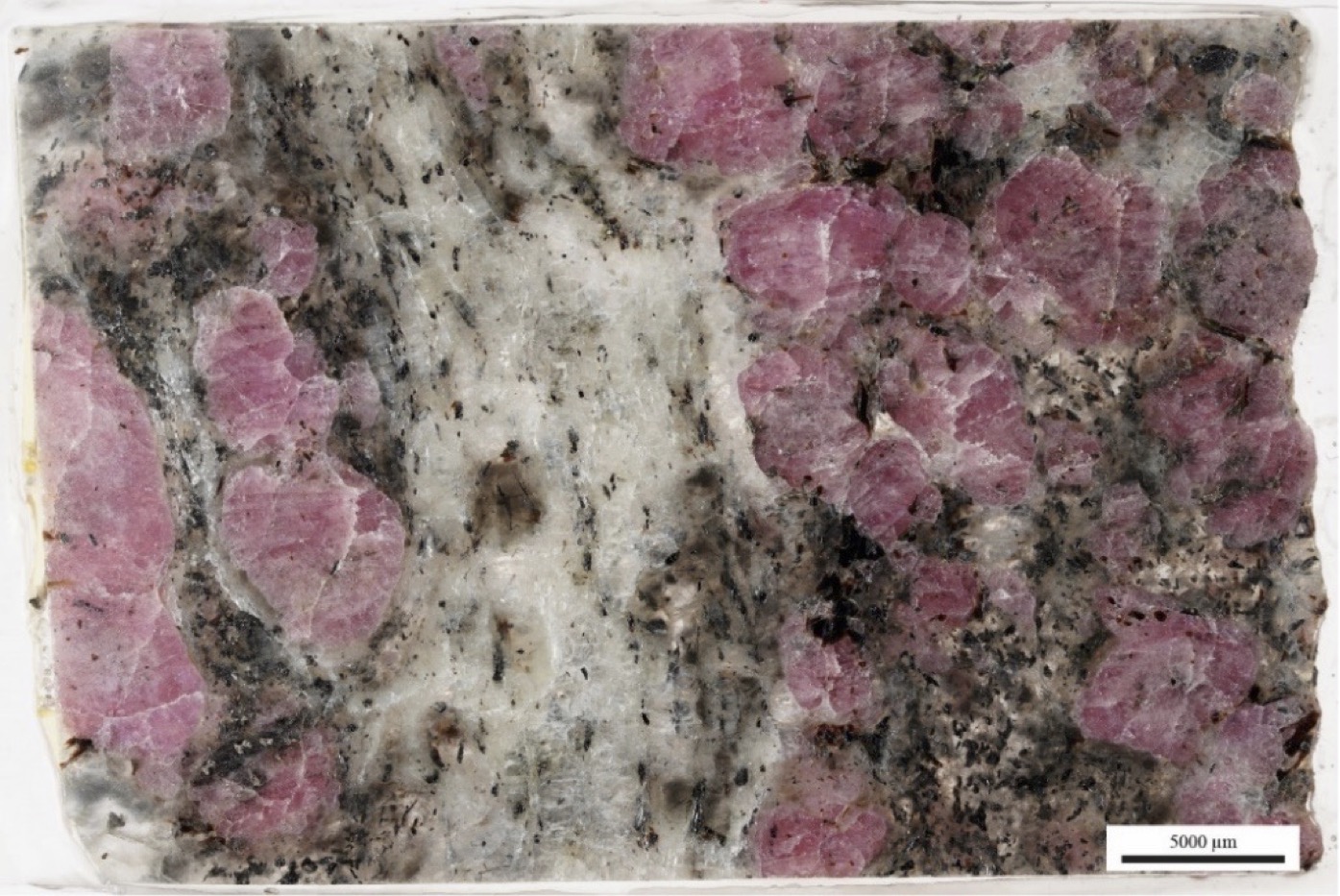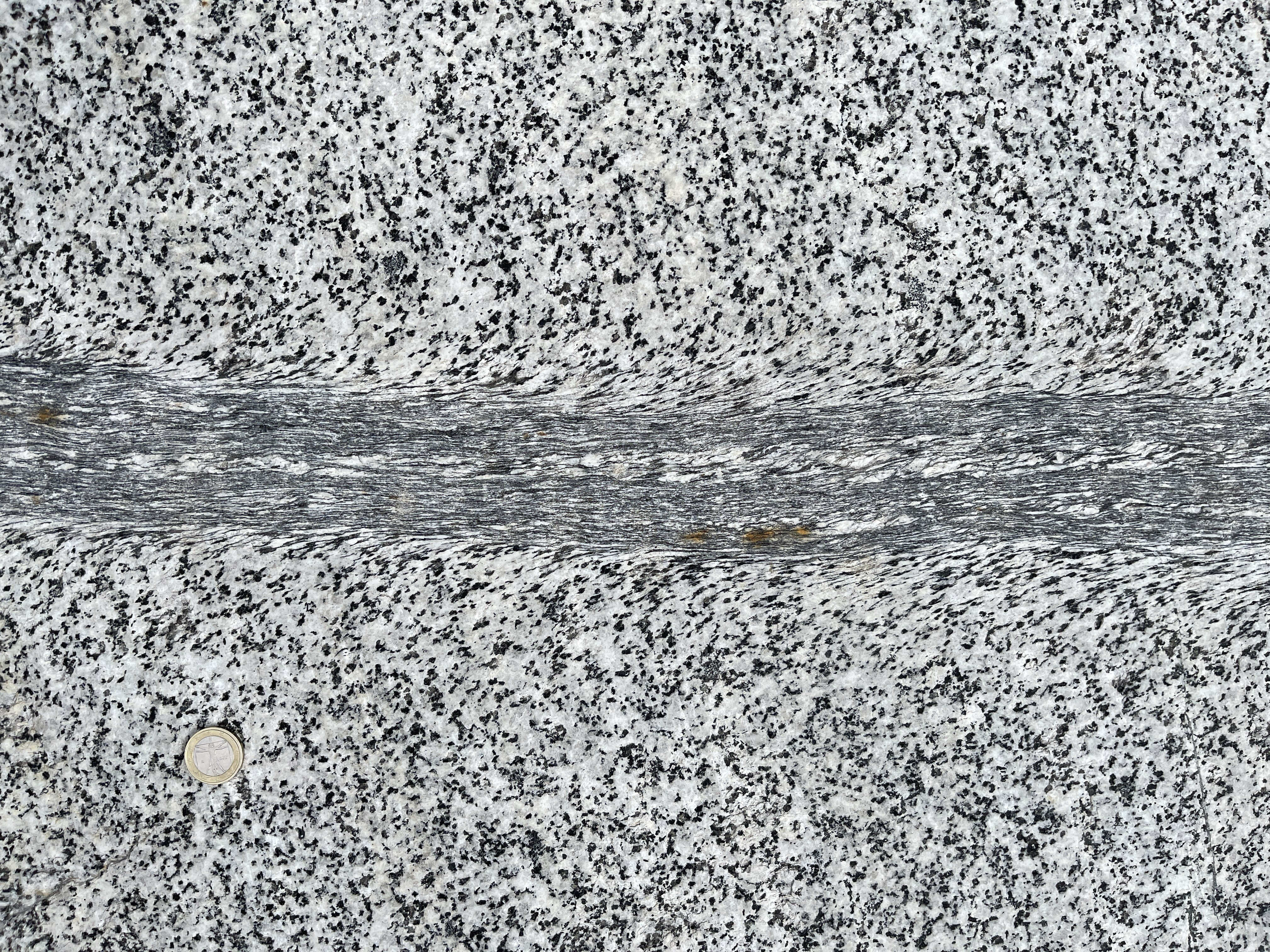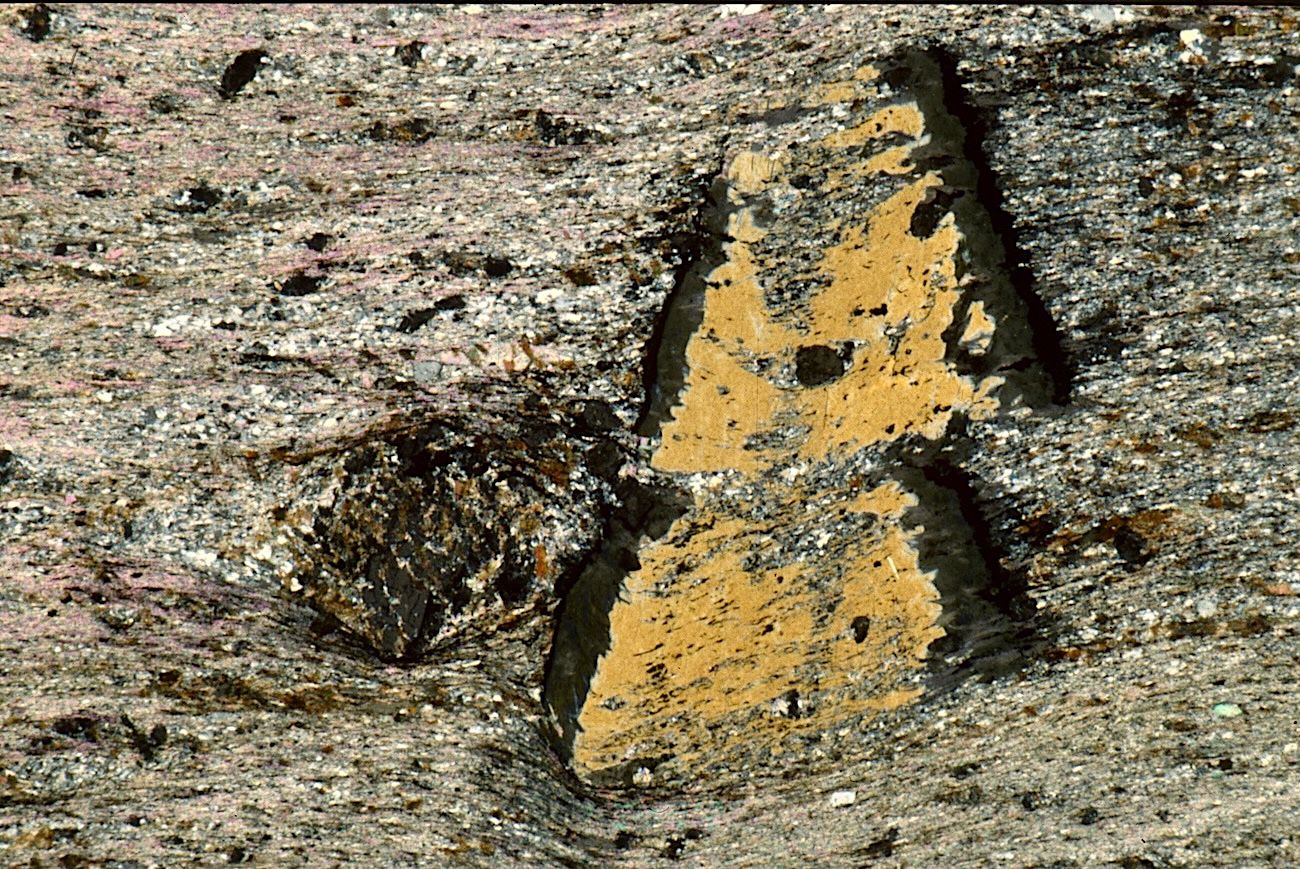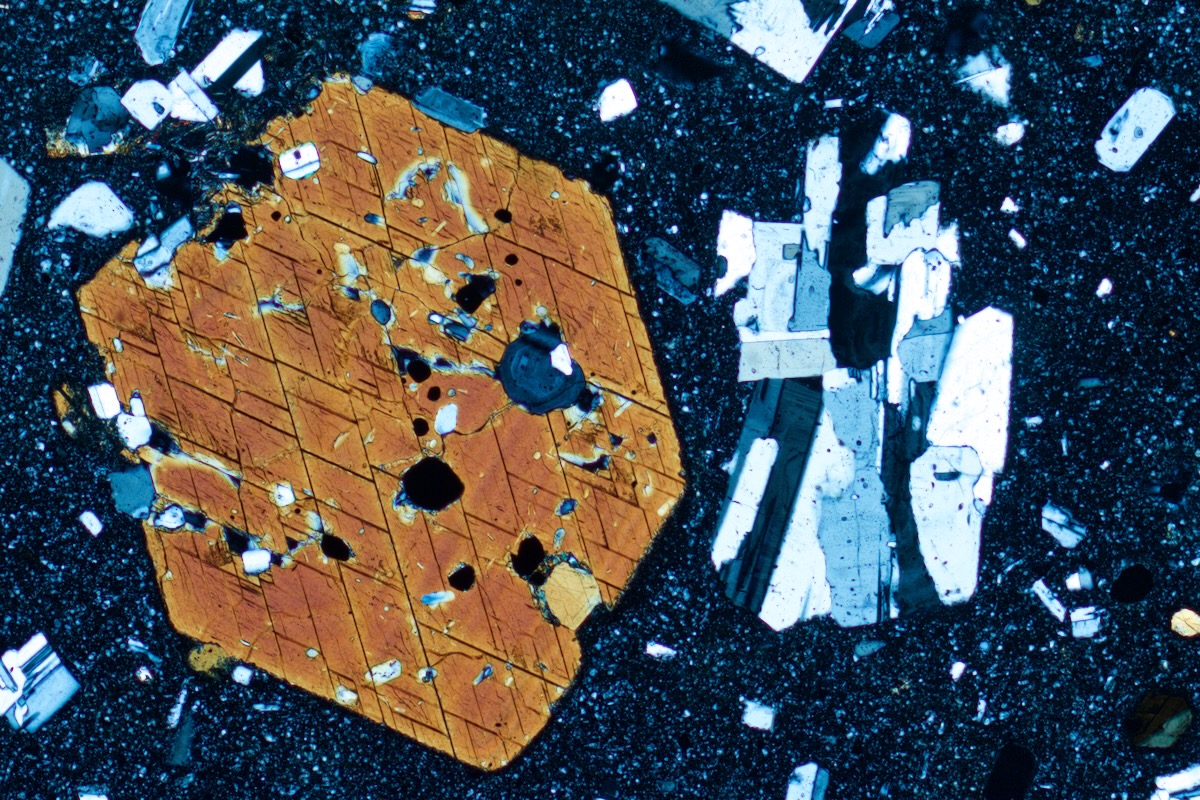Profilo personale: Bernardo Cesare
Corsi
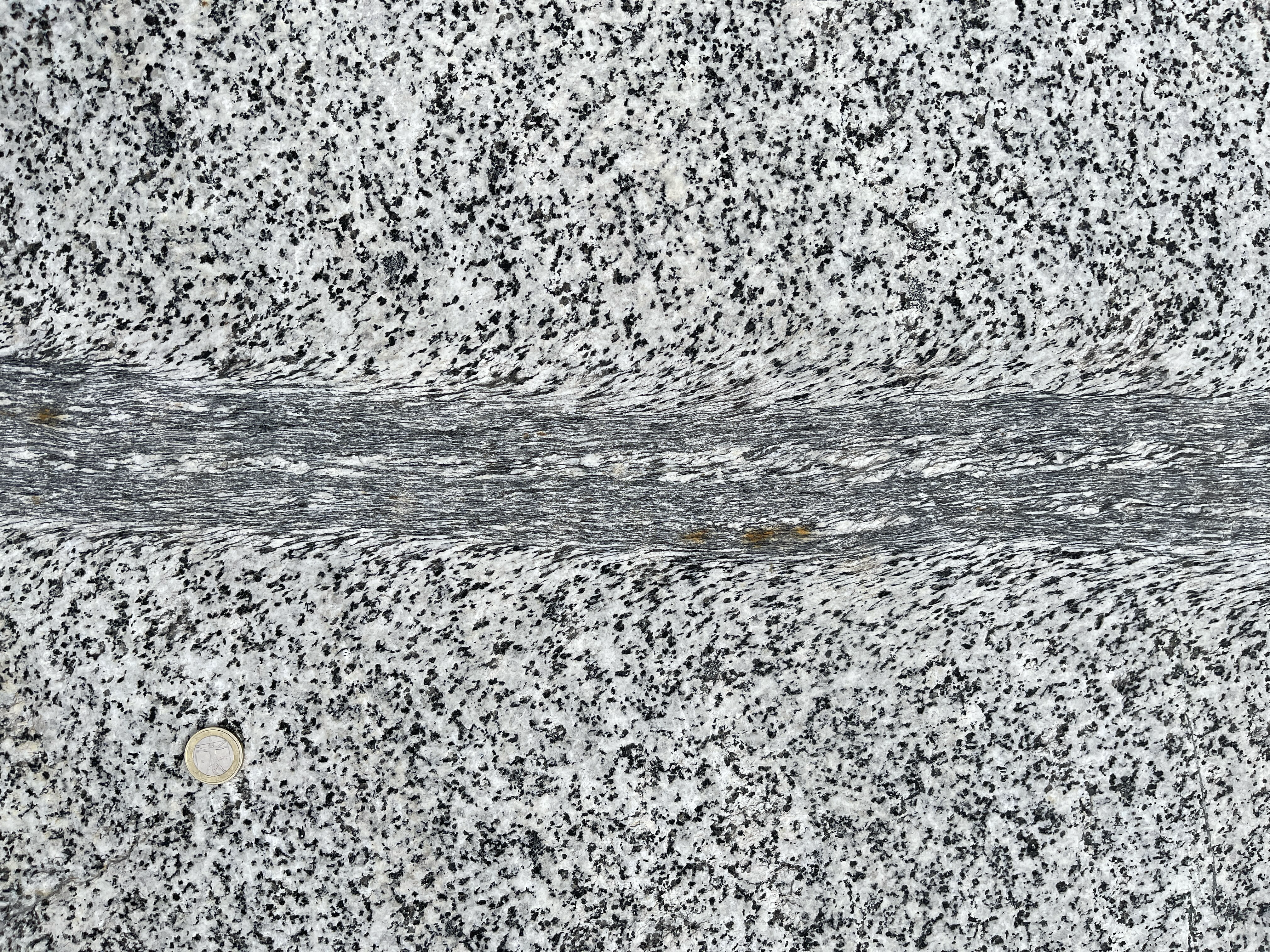
- Docente: Bernardo Cesare
- Docente: Fabrizio Nestola
- Docente: Giorgio Pennacchioni
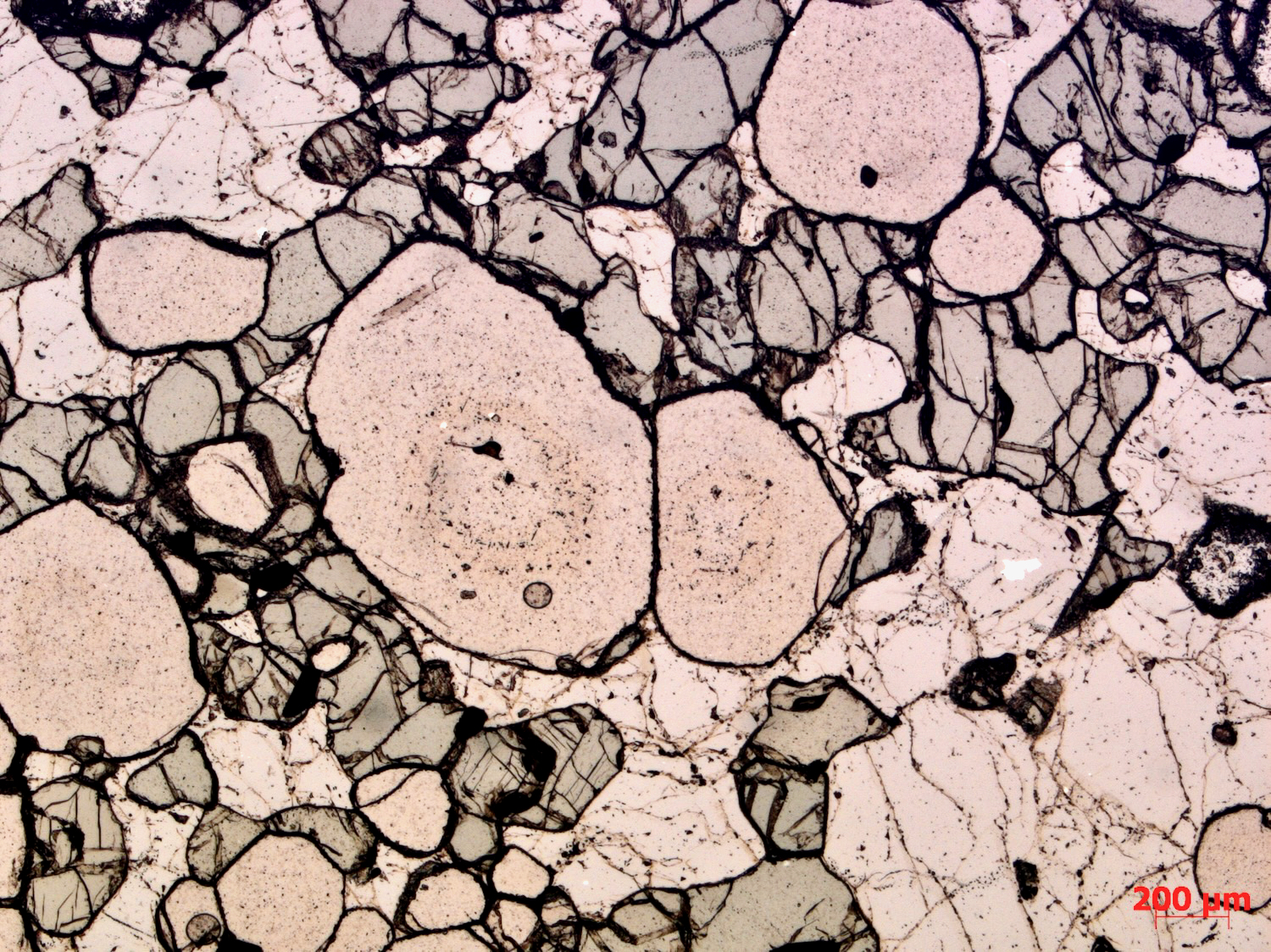
Il Corso fornisce le conoscenze di base sugli elementi descrittivi delle rocce costituenti la crosta e il mantello terrestre e fornisce le competenze essenziali per la comprensione e l'interpretazione dei principali processi che portano alla formazione delle rocce. Il laboratorio fornisce allo studente le competenze necessarie per redigere una relazione tecnico-scientifica.
Lo studente per seguire in modo proficuo il Corso di Petrografia deve possedere conoscenze e competenze in ambito Mineralogico con particolare riguardo ai caratteri chimico-fisici dei principali minerali silicatici, che rappresentano l'associazione mineralogica fondamentale delle rocce, con l'eccezione dell'ottica dei minerali che verrà insegnata durante il presente corso con il focus indirizzato alle esigenze del laboratorio di microscopia.
Lo studente per seguire in modo proficuo il Corso di Petrografia deve possedere conoscenze e competenze in ambito Mineralogico con particolare riguardo ai caratteri chimico-fisici dei principali minerali silicatici, che rappresentano l'associazione mineralogica fondamentale delle rocce, con l'eccezione dell'ottica dei minerali che verrà insegnata durante il presente corso con il focus indirizzato alle esigenze del laboratorio di microscopia.
- Docente: Omar Bartoli
- Docente: Bernardo Cesare

The student will get familiar with the processes, from the sub-grain scale to the scale of global tectonics, that govern the Earth dynamics.
In particular:
Basic concepts of rock deformation
1) Stress
2) Strain
3) Rheology
4) Brittle failure
5) Lattice defects and crystal-plastic deformation
6) Fault rocks s.l.
7) Rheological stratification of the lithosphere
Structure of the Earth’s interior
1) Sources of information (seismic waves; mountain chains; meteorites; inclusions in magmatic rocks and diamonds; laboratory experiments; computational modelling)
2) Principal discontinuities/layers in the Earth (crust, mantle, core)
Plate tectonics
1) Sources of information (Earth topography; volcanism and seismicity distribution; composition; plate movement (GPS); age and magnetism of oceanic rocks)
2) Mosaic of the main plates and types of boundaries
• Divergent margins 1 (MOR)
1) Fast- and low-speading MOR
2) MOR magmatism
3) Oceanic metamorphism and serpentinization. Metasomatism.
4) MOR seismicity
5) “oceanic” sediments
6) Mineralogy: Serpentine(s)
• Divergent margins 2 (Rifts)
1) Rift structure and evolution with time
2) Continental margins
3) Large scale lithospheric extension. Symmetry/Asymmetry
4) Alkaline magmatism in rifts
5) HT/LP metamorphism and crustal anatexis in rifting crust
6) S-type granites.
7) Mineralogy: Polymorphism and the Al2SiO5 system. Carbon and graphitization as a geothermometer.
• Convergent margins 1 (subduction zones and Arcs)
1) Driving forces of subduction
2) The subduction factory: lithological and thermal structure
a. Seismicity
▪ Intermediate earthquakes (double layer)
▪ Seismic tremors and slow earthquakes
▪ The subducting slab
▪ The mantle wedge
▪ The magmatic arc
▪ The accretionary wedge
3) Metamorphism and magmatism in the subduction zone
▪ HP/LT metamorphism of mafic rocks and metasediments
▪ Devolatilization, densification
▪ Mantle metasomatism and melting
▪ Calc-alkaline magmatism and MASH processes
▪ Arc magmatism and volcanism
▪ Making new continental crust
4) H2O budget in a subduction zone
5) Mineralogy: Pressure and density in minerals.
6) Mineralogy: Amphibole throughout subduction zones
7) Mineralogy: NAMS
• Convergent margins 2 (Collision and Orogenic Belts)
1) Collisional belts
2) P-T-t-d paths in the Subduction and Exhumation of HP rocks
3) Deformation/crystallization relationships
4) Strain partitioning from the chain scale to the thin section
5) The small t: petrochronology
6) Clockwise paths of orogenic belts
7) Orogenic magmatism and leucogranites
8) Mineralogy: geobarometry with inclusion-host systems
9) Mineralogy: “extra” components and thermobarometry (Mn in Grt, Ti in Bt
10) Alpine orogenic chain
• Transcurrent margins
• Intraplate settings
11) Oceanic
▪ Hot spots and OIB
▪ How deep in the mantle?
12) Continental
▪ Continental Flood Basalts
▪ Kimberlites
In particular:
Basic concepts of rock deformation
1) Stress
2) Strain
3) Rheology
4) Brittle failure
5) Lattice defects and crystal-plastic deformation
6) Fault rocks s.l.
7) Rheological stratification of the lithosphere
Structure of the Earth’s interior
1) Sources of information (seismic waves; mountain chains; meteorites; inclusions in magmatic rocks and diamonds; laboratory experiments; computational modelling)
2) Principal discontinuities/layers in the Earth (crust, mantle, core)
Plate tectonics
1) Sources of information (Earth topography; volcanism and seismicity distribution; composition; plate movement (GPS); age and magnetism of oceanic rocks)
2) Mosaic of the main plates and types of boundaries
• Divergent margins 1 (MOR)
1) Fast- and low-speading MOR
2) MOR magmatism
3) Oceanic metamorphism and serpentinization. Metasomatism.
4) MOR seismicity
5) “oceanic” sediments
6) Mineralogy: Serpentine(s)
• Divergent margins 2 (Rifts)
1) Rift structure and evolution with time
2) Continental margins
3) Large scale lithospheric extension. Symmetry/Asymmetry
4) Alkaline magmatism in rifts
5) HT/LP metamorphism and crustal anatexis in rifting crust
6) S-type granites.
7) Mineralogy: Polymorphism and the Al2SiO5 system. Carbon and graphitization as a geothermometer.
• Convergent margins 1 (subduction zones and Arcs)
1) Driving forces of subduction
2) The subduction factory: lithological and thermal structure
a. Seismicity
▪ Intermediate earthquakes (double layer)
▪ Seismic tremors and slow earthquakes
▪ The subducting slab
▪ The mantle wedge
▪ The magmatic arc
▪ The accretionary wedge
3) Metamorphism and magmatism in the subduction zone
▪ HP/LT metamorphism of mafic rocks and metasediments
▪ Devolatilization, densification
▪ Mantle metasomatism and melting
▪ Calc-alkaline magmatism and MASH processes
▪ Arc magmatism and volcanism
▪ Making new continental crust
4) H2O budget in a subduction zone
5) Mineralogy: Pressure and density in minerals.
6) Mineralogy: Amphibole throughout subduction zones
7) Mineralogy: NAMS
• Convergent margins 2 (Collision and Orogenic Belts)
1) Collisional belts
2) P-T-t-d paths in the Subduction and Exhumation of HP rocks
3) Deformation/crystallization relationships
4) Strain partitioning from the chain scale to the thin section
5) The small t: petrochronology
6) Clockwise paths of orogenic belts
7) Orogenic magmatism and leucogranites
8) Mineralogy: geobarometry with inclusion-host systems
9) Mineralogy: “extra” components and thermobarometry (Mn in Grt, Ti in Bt
10) Alpine orogenic chain
• Transcurrent margins
• Intraplate settings
11) Oceanic
▪ Hot spots and OIB
▪ How deep in the mantle?
12) Continental
▪ Continental Flood Basalts
▪ Kimberlites
- Docente: Bernardo Cesare
- Docente: Fabrizio Nestola
- Docente: Giorgio Pennacchioni

- Docente: Anna Breda
- Docente: Bernardo Cesare
- Docente: Mario Floris
- Docente: Stefano Monari
- Docente: Paolo Mozzi
- Docente: Nereo Preto
- Docente: Manuel Rigo
- Docente: Maria Ornella Rossin
- Docente: Gabriella Salviulo
- Docente: Raffaele Sassi
- Docente: Telemaco Tesei

